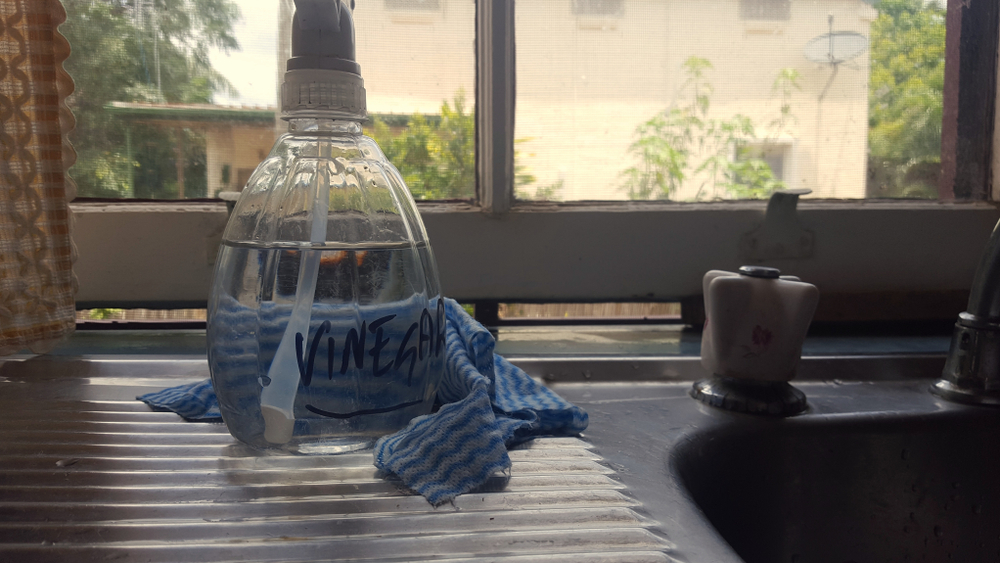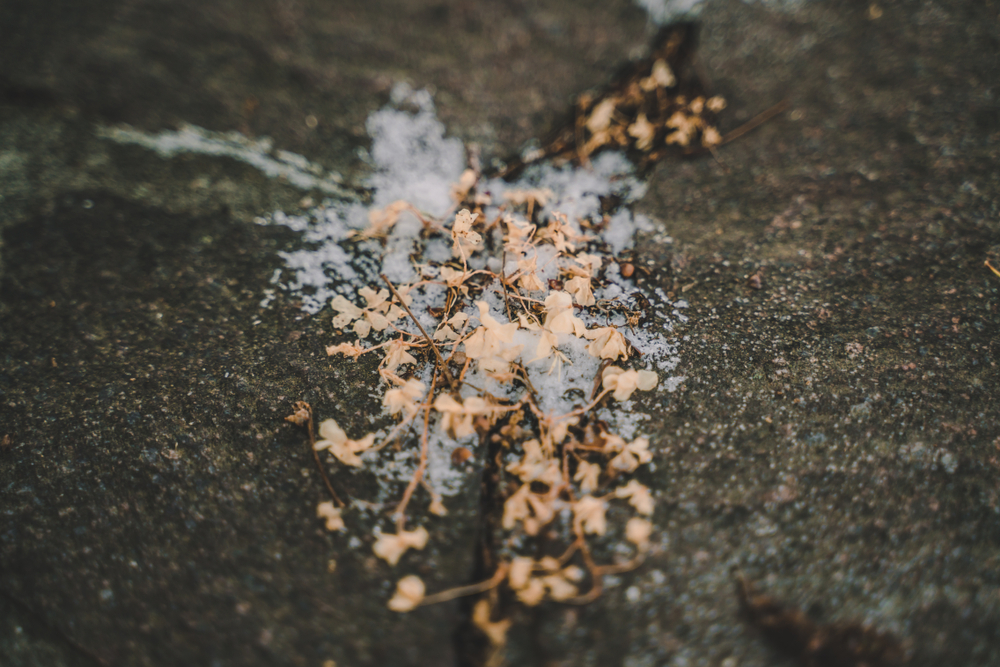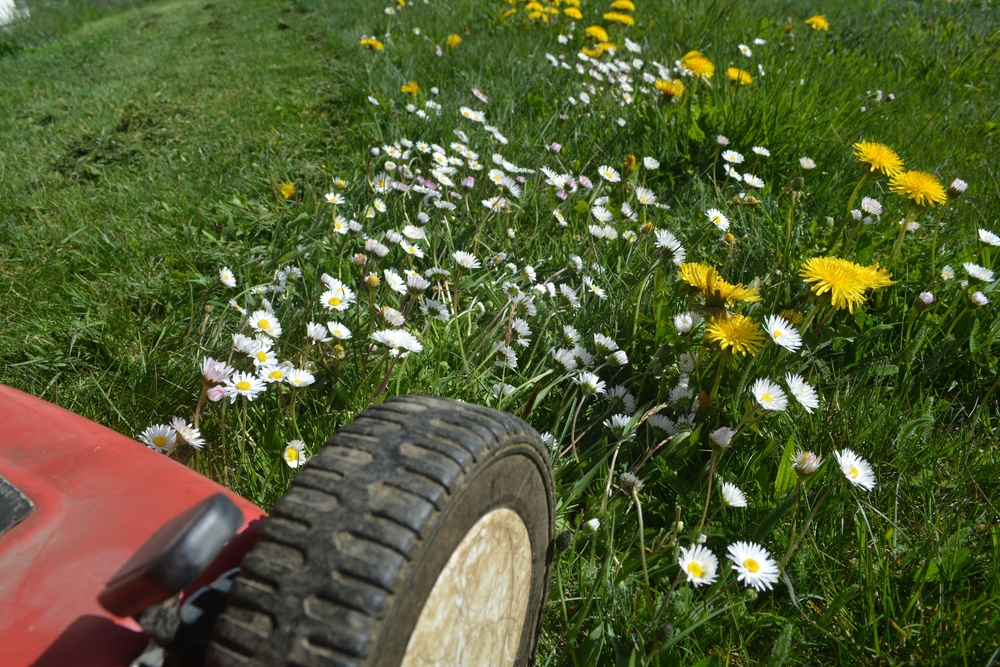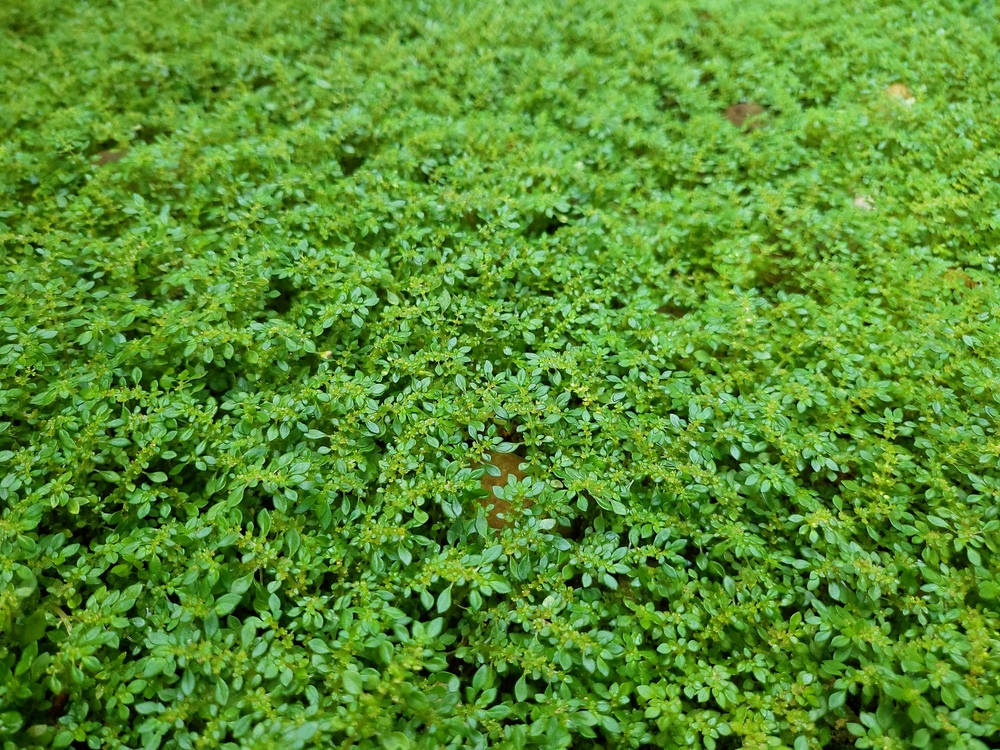12 Simple Natural Methods for Controlling Dandelions in Your Garden
Dandelions can quickly take over your yard if left unchecked. While they may look harmless at first, their deep roots and fast-growing seeds make them tough to remove. Luckily, there are safe and natural ways to deal with them without using harsh chemicals. These methods are easy to try at home and can help keep your garden healthy. Whether you want to pull them out by hand or stop them from spreading, there are plenty of simple steps you can take. With the right approach, you can enjoy a lawn free of unwanted weeds. All it takes is a little patience and the right tools.
This post may contain affiliate links, which helps keep this content free. Please read our disclosure for more info.
Pulling by Hand with a Dandelion Fork

One of the simplest ways to get rid of dandelions is by pulling them out with a dandelion fork or similar hand tool. This method works best when the soil is damp, since it lets you remove the entire taproot. If you leave any part of the root behind, the plant will grow back, so it helps to wiggle the tool deep into the ground before pulling.
This approach is best for smaller lawns or garden beds with scattered dandelions. It takes some patience, but it allows you to remove weeds without using any harsh products. If done right, it can keep them from returning for a long time.
Pouring Boiling Water

Boiling water is a quick way to kill dandelions without leaving harmful residue in the soil. Carefully pour it directly onto the base of the plant. The heat damages the leaves and burns the root system beneath the surface.
This method works best on driveways, sidewalks, and patios where grass or other plants are not nearby. You might need to repeat the process if the plant tries to grow again. Always be cautious with hot water to avoid harming nearby plants or burning yourself.
Using Vinegar

White vinegar is a common household item that can be used as a weed killer. The acetic acid in it dries out the dandelion leaves quickly. Spray it directly on the weed during a sunny day for the best result.
While it works well on younger plants, mature dandelions with deep roots may require a few treatments. Keep it away from grass and flowers, since it does not pick favorites and can dry out anything it touches. Choose a spray bottle with a narrow stream for better control.
Spreading Corn Gluten Meal

Corn gluten meal works as a natural pre-emergent, which means it stops dandelion seeds from sprouting. It does not harm existing plants or grass. You can sprinkle it on your lawn in early spring before dandelions start growing.
This method takes time and is most useful when used every year. It adds nitrogen to the soil, which benefits grass and makes the lawn healthier. Over time, it helps reduce how many dandelions show up in the first place.
Pouring Salt at the Base

A small amount of salt can dehydrate dandelions and kill them. Place a pinch at the base of the plant and wait for it to do its job. Avoid using too much because salt can damage the soil and make it hard for other plants to grow.
This method is better for isolated weeds growing in cracks or unused areas. It is not the best choice for lawns or flower beds. Be careful where you place it and avoid letting it wash into other parts of your yard.
Covering with Mulch or Cardboard

Dandelions need sunlight to survive, so covering them blocks their growth. You can use cardboard, newspaper, or a thick layer of mulch. This smothers the plant and weakens it until it dies.
This method works best in garden beds or pathways where you want to keep weeds out completely. It also helps retain moisture and makes your garden look cleaner. Be sure to weigh down the material so it does not blow away in the wind.
Mowing Before They Go to Seed

Dandelions spread quickly once their flowers turn into white seed heads. By mowing often and before the seeds reach that stage, you can stop the seeds from blowing around your yard. Use a bag attachment to collect the clippings and keep them from spreading.
This method does not get rid of the roots, but it slows down how fast they spread. Combine it with another method for better results. A steady mowing routine can help you stay ahead of the problem.
Applying Lemon Juice

Fresh lemon juice works similarly to vinegar. It’s natural acids dry out the plant when applied to the leaves. It is especially helpful on sunny days, when the heat can speed up the process.
You can squeeze lemon juice directly on the dandelion or use a spray bottle. Like vinegar, it works best on smaller weeds and should be applied carefully. It might take a few rounds to finish the job.
Digging Them Out with a Spade

If you do not have a special weeding tool, a small garden spade will do the trick. Aim to dig around the plant and pull it out with the entire taproot. Dandelion roots grow deep, so try to get as much as possible on the first try.
This is a simple method that works best after rain or watering. The softer soil makes it easier to reach the roots. You can repeat this regularly during spring and early summer for better control.
Planting Dense Ground Cover

Thick ground cover plants can outcompete dandelions by taking up space and light. Clover, creeping thyme, and vinca are good choices. Once they spread, they leave less room for weeds to grow.
This method improves your garden’s appearance while helping reduce unwanted growth. It takes some time for the cover to spread, but the long-term result is a garden that takes care of itself. It works best when started early in the season.
Watering Your Lawn Properly

A strong, healthy lawn leaves little room for weeds to grow. Dandelions take advantage of dry, patchy spots, so make sure your lawn gets the right amount of water. It is better to water deeply and less often than to sprinkle every day.
This builds stronger grassroots that can hold their own against weeds. While it will not remove existing dandelions, it helps prevent new ones from gaining ground. Pair this method with regular mowing and soil care.
Applying Baking Soda

Baking soda can be sprinkled over dandelions to dry them out. It is best used in warm, sunny weather to increase its effect. It works quickly on smaller plants, though it might not go deep enough to kill the root.
Avoid getting it on the surrounding grass, since it can harm those areas too. Repeat treatments may be needed for stubborn weeds. Always test a small patch first if you are unsure how it will affect your garden.
This article originally appeared on Avocadu.
